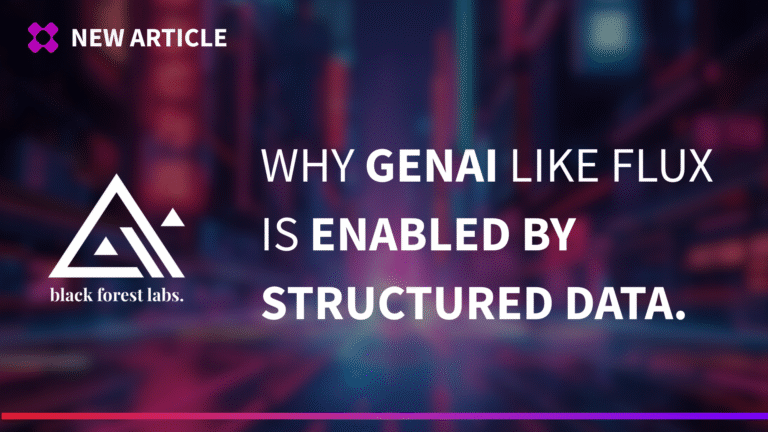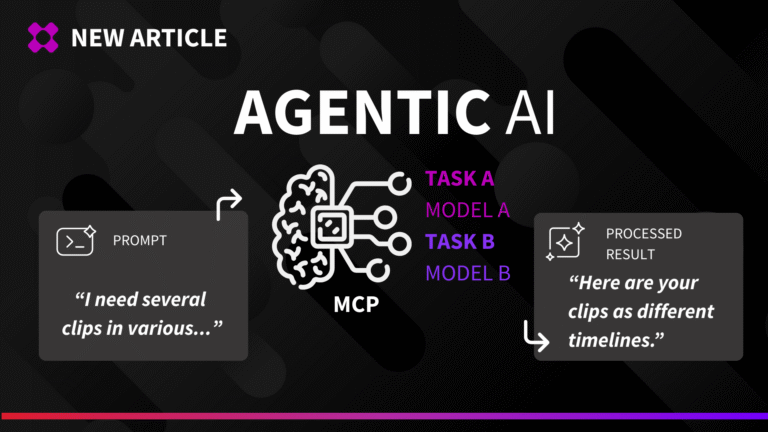Producing reality TV shows requires a deep and rapid understanding of evolving storylines, along with the ability to craft them into polished, engaging episodes under extreme time pressure. Read on to discover why this is such a challenge, how it is currently managed with high manual effort, and how our collaboration creates true improvements through AI.
The need for rapid intellect: what’s happening—where and when?
Some formats operate on feedback loops: events unfold, they are filmed, and they must be understood and translated into the storyline almost in real time. In these near-live productions, producers and editors must constantly track cast dynamics, alliances, and emotional peaks as they shift daily.
In practice, chaos is pre-filtered: from up to 60 camera feeds, only selected streams are actually recorded—based on decisions in the control room. Control Room Producers and Associates prioritize which stories deserve attention and allocate scarce recording capacity accordingly.
At the same time, loggers transcribe the action live, annotating it with timecodes, participants, locations, and even mood descriptions. These logs are indispensable but extremely time-consuming and largely manual. To hand material downstream, Associates additionally prepare briefing documents with summaries and story hints. This fragmented system slows down the workflow and creates redundancies.
Other formats stream 24/7 live feeds, often slightly delayed or edited to ensure narrative coherence and avoid legal risks. This forces production teams to make split-second yet thoughtful decisions about what content to air or discard. The tragic death of a French social media star during a livestream even drew the attention of the French Ministry of Media—a stark reminder of how critical responsiveness has become.

Mastering chaos: from rushes to story beats
The sheer volume of raw footage—often hundreds of hours from multiple cameras—must be translated into workable storylines. Currently, editors rely on a mix of live logs, transcripts, and briefing documents.
Story Producers play a decisive role by flagging key moments and feeding them into the edit. Dubidot already enables them to mark relevant content and pass the metadata to editing suites, where proxies are merged with the original RAW recordings.
But the reality is clear: this dense yet fragmented workflow leaves little space for sophisticated storytelling.
How to gain time and enable better formats
The reality TV sector continues to boom, but working under constant time pressure is highly demanding. Dubidot already enables relevant content to be tagged and metadata to be pushed into the edit, where proxies and RAW material can be combined. Together with DeepVA, we take this to the next level by addressing key challenges:
- Excessive manual transcription and annotation
- Redundant handovers (systems without proper interfaces)
- Too little time left for creative editing
Our joint solution empowers producers and editors with smart AI tools, freeing up valuable time for storytelling, smarter decisions, and efficient workflows.
The approach – AI as an enabler
-
Stream segmentation:
Dubidot splits live streams into segments and immediately sends them to DeepVA for analysis.
-
AI-powered analysis:
DeepVA processes the segments with custom datasets
-
Structured metadata base:
Instead of scattered PDFs and Google Docs, a contextual shot list is generated, enriched with Story Producer markers and structured, machine-readable metadata.
-
Intelligent integration with MAM:
DeepVA-generated metadata is directly linked to the respective media assets in Dubidot’s database. This creates an intelligent workflow where AI data remains accessible, reusable, and actionable for both creative and organizational decisions—all within a single interface.
This enables:
-
Faster and more accurate decision-making on-site and in the studio
-
Automated reports or alerts for critical incidents or legal review
-
Reuse of identical custom datasets across production and post-production, powered by the DeepVA Composite AI platform
Beyond efficiency
Immediate understanding of events allows editors and producers to focus more on the story itself. Metadata can also be leveraged dramaturgically—for sharper editorial decisions, smarter ad placement, or, in a next step, faster near-live social media content.
And importantly: At no point does the data leave the servers or storage systems of the production company or broadcaster—thanks to sovereign AI solutions by DeepVA and secure media asset management by Dubidot.
Interested?
Visit us at IBC booth 3.B48D — schedule your meeting now.




